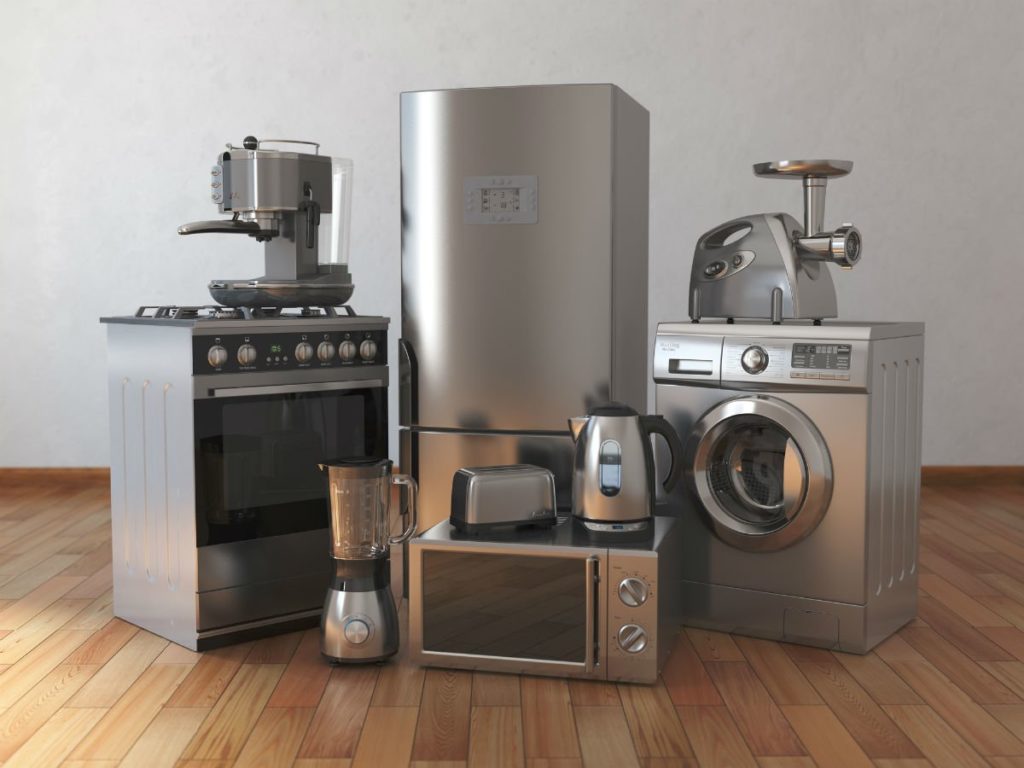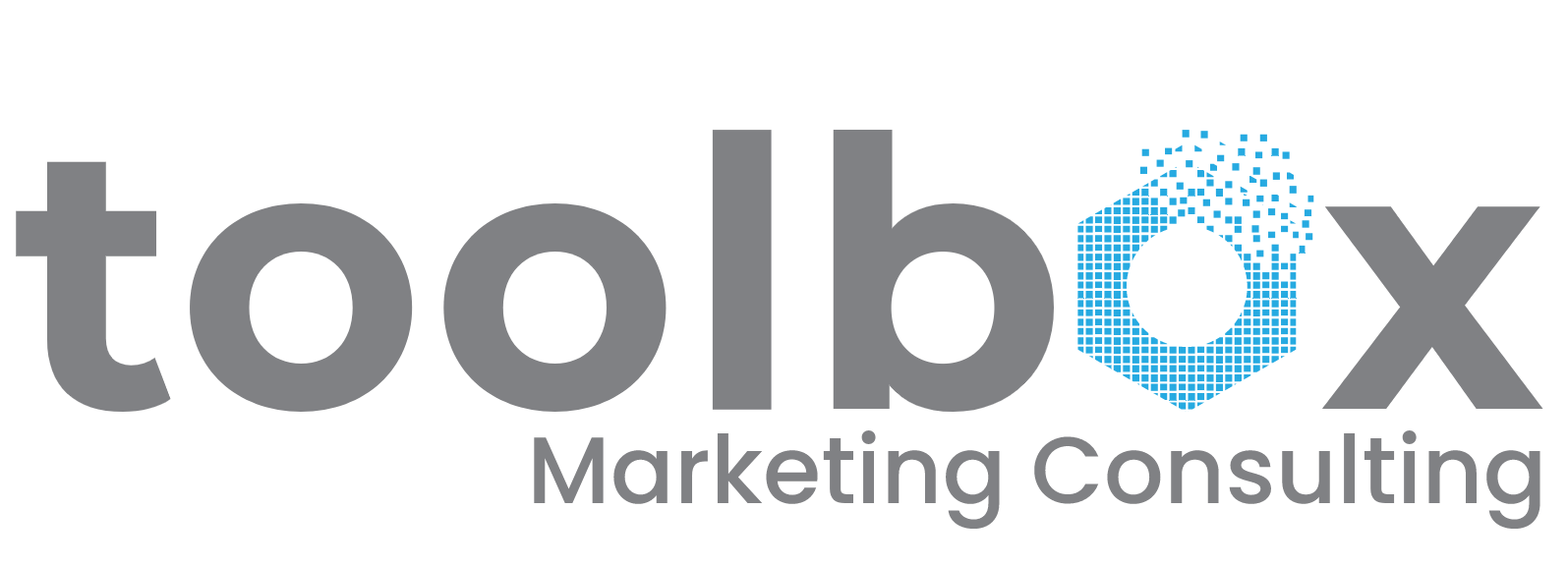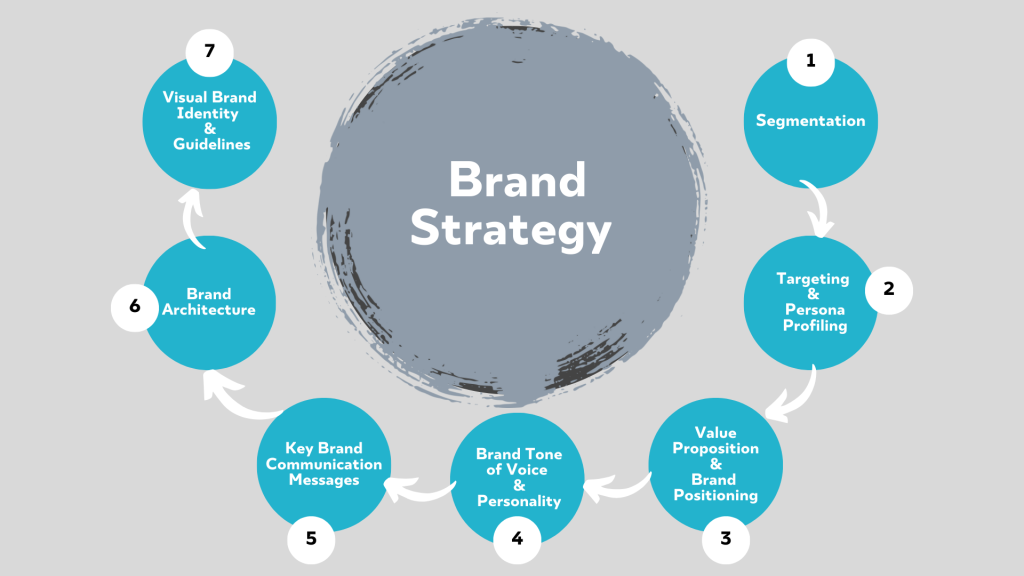Household Appliances Market Will Reflect Significant Growth Prospects By 2025

Household Appliances Market Overview:
The Global Household Appliances Market was valued at $501,532 million in 2017 and is projected to reach $763,451 million by 2025, growing at a CAGR of 5.4% from 2018 to 2025.
Household appliances can be classified into three categories—major appliances or white goods, small appliances, and consumer electronics. Major appliances are large home appliances used for regular housekeeping tasks such as cooking, washing laundry, food preservation, and others. They are generally equipped with special connections such as electrical, gas, plumbing, and ventilation arrangements, which limits the mobility of these appliances around the house. Small appliances are semi-portable or portable machines that are generally used on platforms such as counter-tops and table tops. Some of the small appliance are air purifiers, humidifiers & de-humidifiers, blenders, clothes steamers & iron, electric kettle & coffee machines, and others. Consumer electronics include devices used for entertainment, communications, and home-office activities such as TVs music system and others.
The key factors driving the global household appliances market are increase in technological advancements, rapid urbanization, growth in the housing sector, rise in per capita income, improved living standards, surge in need for comfort in household chores, change in consumer lifestyle as well as escalating number of smaller households. In addition, inclination of consumers toward eco-friendly & energy-efficient appliances further boost the market growth. Moreover, factors, such as government initiatives for energy-efficient appliances across the U.S. and several EU countries, are expected to facilitate the adoption of energy efficient appliances in the recent years.
Credit: https://www.theinnovativereport.com




